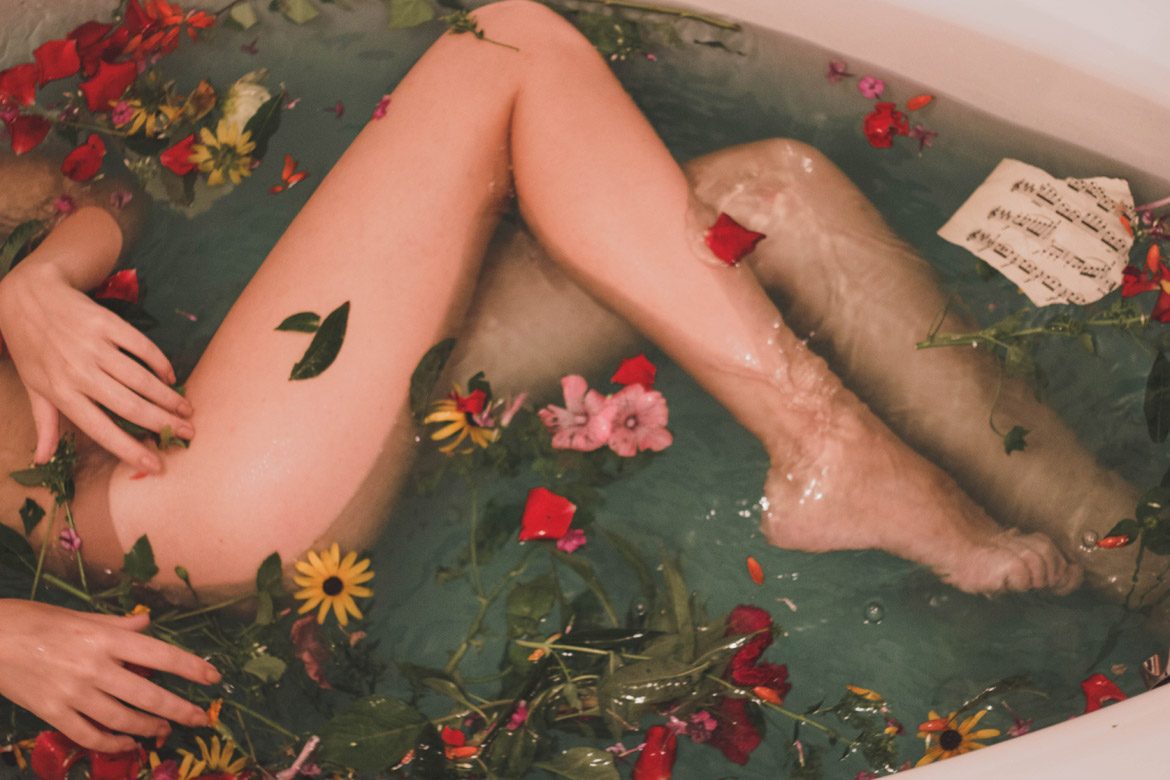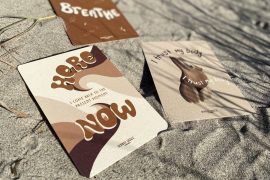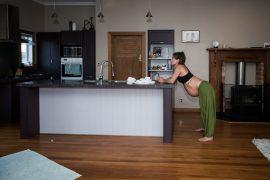By Susan Bradley
Your baby is going to arrive soon and chances are you have some nappies, a variety of nappy creams, and some wipes all sorted – you are more than prepared for baby’s bottom. But what about your bottom?? Are you organised and prepared to help yourself heal following baby’s birth?
How your perineum is after baby’s birth will depend on how your labor unfolded. Some women experience no tearing, just swelling and discomfort after pushing out a baby and all that stretching. Others experience natural tears (from minor grazes that heal on their own to those needing stitches) or require episiotomies. Whether you experience minor discomfort, a natural tear or an episiotomy, there are several things that can offer relief and promote healing postnatally, and they are good to know about in advance so you can have supplied in and ready.
So here are 5 top tips to help your lady bits heal after birth:
Tip 1 – Take A Soak In A Healing Bath
A postpartum sitz bath is a special bath used in the early postpartum period to help ease the pain, promote healing, and give good hygiene to the perineal area. This is particularly helpful after an episiotomy or tearing during birth. But it can also help ease swelling in the perineum or a swollen labia when there is no cut or tearing.
This is a recipe from the wonderful Michaela Scott, a brilliant local doula and a pregnancy massage ninja too! Find out more about her here – http://www.yorkmothernurture.co.uk.
Michaela’s recipe is here:
“I make up a blend of herbs which you brew up like a tea, approximately one cup of dried herbs per litre of boiling water and then leave to brew for 20 minutes before straining. This can then be added to a regular bath, kept in a jug to pour over your vulva and perineum after going for a wee, or use a small amount soaked into a pad which is then chilled in the fridge before use (sooo good when you are sore down there!). You can also create a shallow bath called a ‘sitz bath’ with a wide shallow bowl and sit in it if you prefer.
Ingredients:
- Dried calendula (marigold) flowers – a natural antiseptic, promotes wound healing and anti-inflammatory properties.
- Dried lavender flowers – promotes relaxation, and are anti-fungal and anti-inflammatory. If bathing alone (i.e, not with baby), you can add 2-3 drops of lavender essential oil if you like instead (pre-mixed in some shampoo to disperse it).
- Rose petals – rose petals are an astringent, i.e help skin cells to contract so can be used to staunch bleeding from cuts, and they also evoke the spirit of love in your heart and mind.
- Chamomile – calming, antiseptic and anti-inflammatory.
- Epsom Salts – anti-inflammatory, improves circulation, regulates fluid retention, soothes aching muscles and regulates blood sugar. Or use Himalayan salt if you prefer.
- In York you can get these herbs from Tullivers on Colliergate, and Neals Yard too.
- You can also add red raspberry leaf, yarrow flowers and plantain leaf too. And you can also add comfrey leaf, shepherd’s purse or uva ursi leaf, but these are better used after consulting with a medical herbalist. You don’t have to use ALL these ingredients, just a couple or what you have is also fine.
Method
Mix a “cup” of each (just use a tea cup) of the herbs and salts in a big bowl and store them in a jar or bag, ready for use when the time comes. Either “brewed” or just sprinkled into the bath (as described above).
If this is too much faff for you, you can also buy herbal bath blends online too.
Tip 2 – Keep a soothing postnatal spray in the fridge
You can also make a postnatal spray for using on the perineum after birth. This is a mixture of calendula tincture diluted in water, mixed with aloe vera gel and a few drops of blue chamomile essential oil and/or lavender oil. You need to be careful to use 1% or less of essential oils or it may sting (that’s 1 drop of essential oil per 5ml). If in doubt, leave them out and just use the calendula and aloe. This can be used an a spray bottle or applied to pads which are then chilled in the fridge before use. Thanks again to Michaela for this recipe.
Here’s another recipe too: Take an empty spray bottle, fill it with witch hazel, add 20 drops of lavender essential oil (use a good quality one such as Neals Yard or Boots). That’s it!











